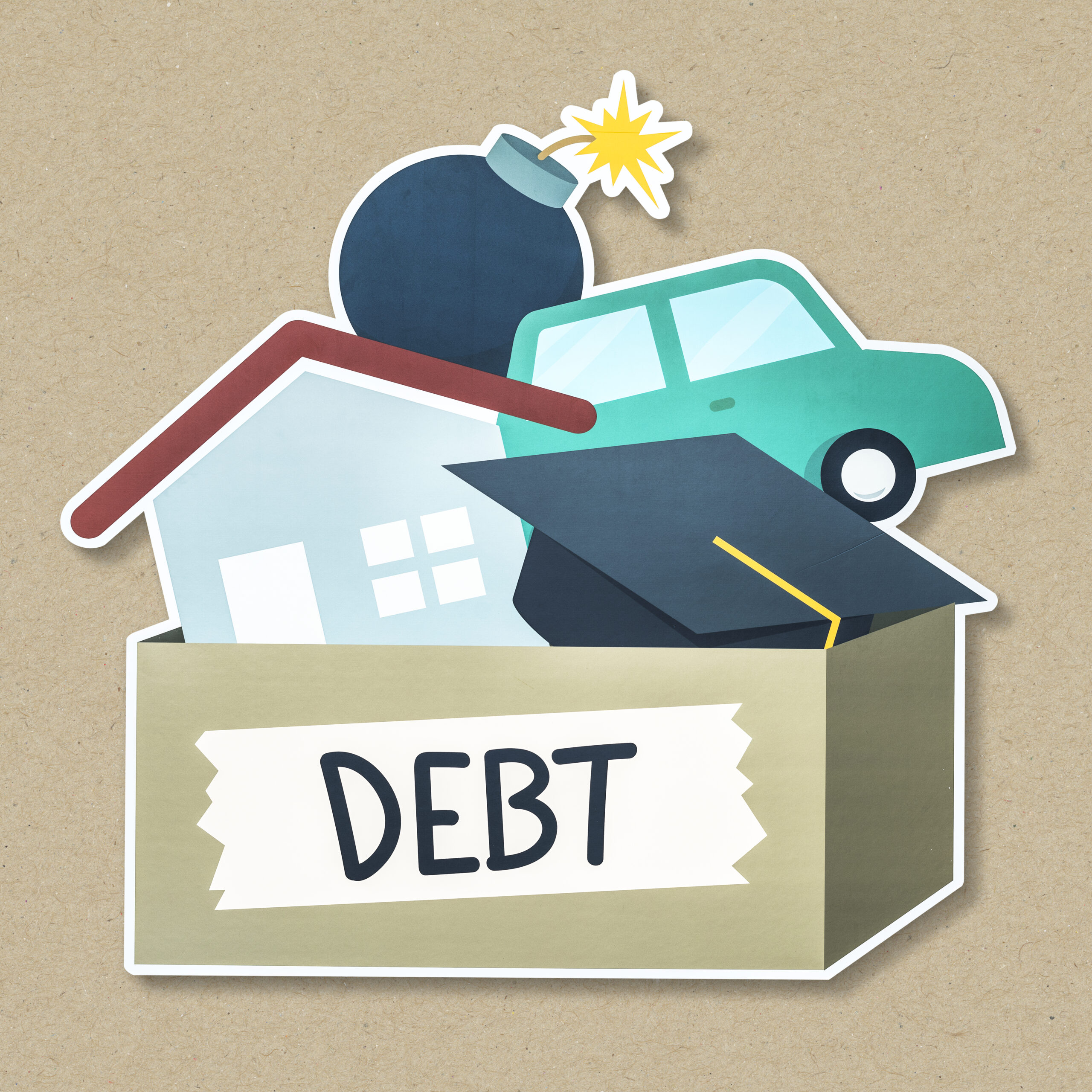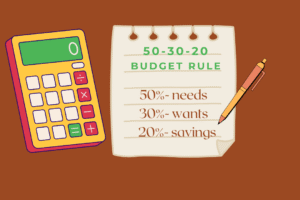Introduction
Bad obligation can feel like an overwhelming chain dragging you down. Whether it came from credit cards, advances, or destitute monetary choices, the burden can be overpowering. The great news is that you can revamp your funds and recapture control of your life. Think of it like redesigning a house that has seen way better days. With persistence, planning, and steady exertion, your money-related future can be more grounded than ever.
Understanding Bad Debt
Bad obligation frequently alludes to cash owed with tall intrigued and small to no esteem in return. Not at all like a contract or installment loan that may include long-term debt, credit card balances, payday loans, and individual advances can rapidly wind out of control. Recognizing what caused your awful obligation is the to begin with step to dodging the same pitfalls in the future.
Step One: Acknowledge Where You Are
Denial, as it were, makes things more regrettable. Take a genuine look at your obligations, wage, and costs. Compose everything down. Seeing the numbers on paper might sting at to begin with, but it gives you a clear picture of what you require to work on.
Step Two: Build a Realistic Budget
A budget is like an outline for your monetary recuperation travel. Track your pay, fundamental costs, and optional investing. Cut out what you don’t require. That additional membership or day by day coffee run might be the covered-up spill draining your wallet. The objective here is to guarantee you spend less than you gain, clearing out room to pay off debt and save.
Step Three: Prioritize High-Interest Debt
Not all obligations are even. Center on paying off the ones with the most elevated intrigued rates to begin with, regularly credit cards or payday loans. By handling these to begin with, you diminish the add up to sum you’ll pay in the long run. This strategy is called the torrential slide approach and works well for those who need to save the most money.
Step Four: Consider the Snowball Method
If inspiration is your battle, attempt the snowball strategy in a step. Begin with the smallest obligation, pay it off totally, and at that point move to another one. Each little triumph builds energy, giving you the certainty to keep going.
Step Five: Arrange with Creditors
Many individuals don’t realize that lenders may be willing to arrange. You can inquire about lower intrigued rates, installment extensions, or even debt settlement alternatives. Keep in mind, leasers would or maybe get something than nothing, so don’t hesitate to reach out.
Step Six: Avoid Adding New Debt

Rebuilding accounts after a terrible obligation is like attempting to fill a spilling bucket. If you keep including unused obligations, you’ll never see an advance. Stop superfluous borrowing, and if conceivable, dodge using credit cards until you have them under control.
Step Seven: Construct a Crisis Fund
Crisis support is your security net. Begin small—maybe fair $500—and continuously increment it to cover three to six months of living costs. This finance guarantees that unforeseen bills don’t thrust you back into debt.
Step Eight: Modify Your Credit Score
Your credit score might take a hit after obligation issues, but it’s not lasting. Pay bills on time, keep credit utilization moo, and dodge superfluous credit applications. Over time, your score will progress, opening the door to way better money-related opportunities.
Step Nine: Look for Proficient Offer assistance if needed
Sometimes an obligation feels enormous to handle alone. Credit counselors, financial advisors, or debt management programs can give personalized direction. Be cautious of scams—stick to trusted, authorized agencies.
Step Ten: Make Unused Monetary Habits
Rebuilding isn’t fair, almost paying off obligations; it’s about changing how you handle cash. Hone sparing frequently, living inside your implies, and setting clear financial objectives. These propensities will secure you from falling back into the same cycle.
Step Eleven: Investigate Additional Pay Opportunities
If your budget is as well tight, think about side hustles. Outsourcing, part-time work, or offering unused things can provide you with a wage boost. Indeed, a few hundred dollars additional each month can quicken obligation repayment.
Step Twelve: Learn to Say No
One of the hardest lessons is learning to say no to pointless investing, way of life swelling, or weight from others. Money-related opportunity comes from teaching, and now and then that implies prioritizing long-term stability over short-term fun.
Step Thirteen: Remunerate Yourself (Wisely)
Financial recuperation is a long journey. Celebrate little wins, like paying off a credit card, but do it capably. Instead of splurging, treat yourself with a straightforward treat like a pleasant supper at domestic or a fun day out within budget.
Step Fourteen: Remain Motivated
Debt recuperation isn’t a sprint; it’s a marathon. Keep track of your advance, remind yourself why you’re doing this, and remain propelled. Vision sheets, obligation trackers, or journaling can offer assistance in keeping your eyes on the prize.
Step Fifteen: Arrange for the Future
Once you’re out of the gap, begin arranging for development. Contribute to retirement accounts, construct wealth through reserve funds, or investigate secure ventures. The best vindication against terrible obligation is building a future where you never have to stress around it again.
Conclusion
Rebuilding your funds after a terrible obligation isn’t simple, but it’s completely conceivable. With persistence, methodology, and steady exertion, you can turn things around. Think of it as planting seeds—at to begin with, it may appear moderate, but over time, those seeds develop into solid budgetary soundness. Keep in mind, your money-related past doesn’t characterize your future.
FAQs
How long does it take to modify accounts after awful debt?
It depends on your obligation estimate, pay, and investment propensities. Normally, it can take anywhere from a year to a few a long time, but advancement appears rapidly if you’re consistent.
Can I revamp my credit while still in debt?
Yes. Paying bills on time, keeping your credit utilization moo, and making reliable installments will gradually improve your credit score; indeed some sometimes the debt is completely paid off.
How much ought I put into a crisis fund while paying off debt?
Start with a little financing of $500 to $1,000. Once you have control over your obligation, increase it to cover three to six months of expenses.
Is it conceivable to live debt-free permanently?
Absolutely. With teach, savvy monetary propensities and cautious planning, numerous individuals live without obligation. It’s approximately making conscious choices with your cash.



